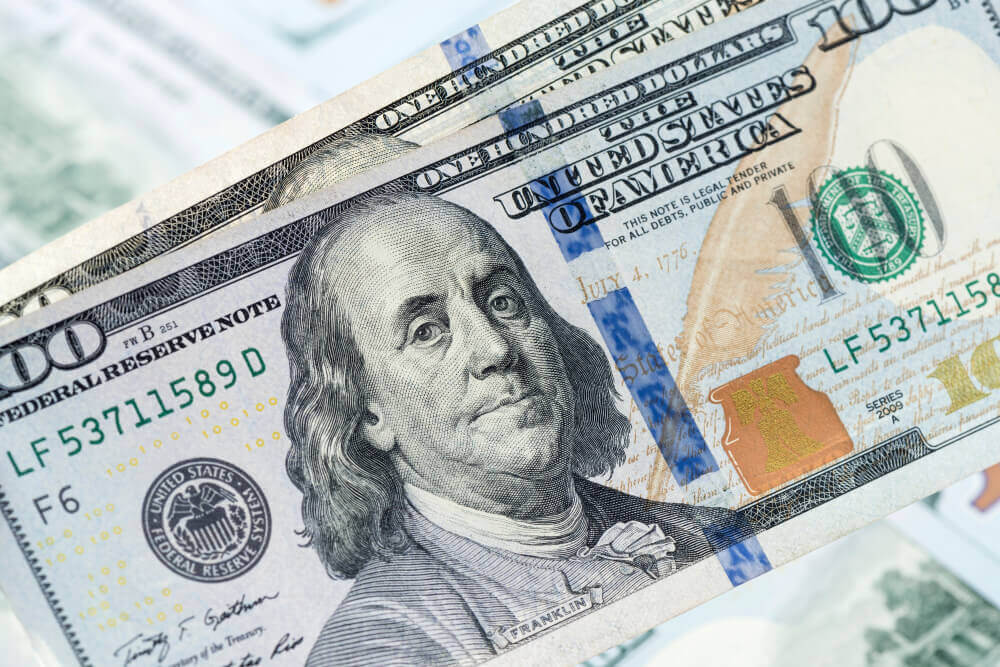
EURUSD and GBPUSD use the weakness of the dollar
EURUSD chart analysis
During Asian trade, the euro strengthened against the dollar. Yesterday afternoon, the figures showed that price inflation in Germany in January was significantly higher than expected. This is somewhat at odds with the view of the President of the ECB, Christine Lagarde, who said a few days ago that inflation in the Eurozone is not a danger to the extent that it is a problem in the United States. In addition, yields on long-term US bonds were again in retreat, which hit the US currency, and “risk-on” sentiment and the stock market’s recovery prevailed. The resold euro was the winner. At around 09:25, the euro was exchanged for 1.126565 dollars, which represents the strengthening of the common European currency by 0.26% since the beginning of trading tonight.
Bullish scenario:
- We need the continuation of the current positive consolidation, and with the support of MA20 and MA50, we can expect a further continuation of this bullish impulse.
- We are now testing the 1.12500 level, and if it lasts, we will climb further towards the zone around 1.13000, where we will have additional resistance in the MA200 moving average.
- Our main target is the previous high from January 14 at 1.15000.
- By merging the previous two highs, we can draw a trend line, which presents us with a technical hurdle on the chart and potential resistance.
- Our middle target is a 1.14000 breakpoint of previous bearish pressure.
Bearish scenario:
- We need a negative consolidation and withdrawal of EURUSD below 1.12500 and MA50 moving average.
- Then we look at how the pair will behave in the zone around 1.12000, where there was a previous minor consolidation.
- Further negative consolidation brings us down to the next support zone around 1.10000, last month’s low, and the lower trend line.
- A break below these supports will form new lows this year on the chart.
GBPUSD chart analysis
During Asian trade, the British pound strengthened against the dollar. Yesterday, yields on long-term US bonds were again in retreat, which hit the US currency, and “risk-on” sentiment and the stock market’s recovery also prevailed. A regular meeting of the Bank of England is being held on Thursday. It is expected that the monetary authority will raise the reference interest rate for the second time (after December), which also supported the island’s currency. Now the pound is exchanged for 1.34950 dollars, which represents the strengthening of the British currency by 0.37% since the beginning of trading tonight.
Bullish scenario:
- We need to continue the current positive consolidation and break above the MA200 moving average in order to continue towards the next bullish targets.
- Our first psychological resistance is 1.35000, and for now, we are consolidating at that level.
- In the following, our next resistance can be 1.37500, then the previous high at 1.36500.
- If the pair overcomes this resistance, the next target will open at 1.37500.
Bearish scenario:
- We need a negative consolidation and withdrawal of GBPUSD below 1.35000 and MA200 moving average.
- Our first potential support is at 1.34500, with additional support at the MA20 moving average, then the next at the previous low at 1.33500.
- If the bearish pressure continues, we will go further lower towards the zone of last year’s minimum, around 1.32000.
Market overview
Production growth in the UK slowed in January, the final results of the IHS Markit survey showed on Tuesday.
The Chartered Institute of Procurement & Supply Final Production Manager Index fell slightly to 57.3 in January from 57.9 in the previous month. But the result was above the 56.9 forecasts.
The index remained above the 50.0 level unchanged for the twentieth consecutive month. Production growth accelerated for the third month in a row to its highest level since July 2021. Increased production reflected an increase in the number of new orders.
Employment in production rose for the thirteenth consecutive month, with the expansion rate being the second-highest in 11 years.




